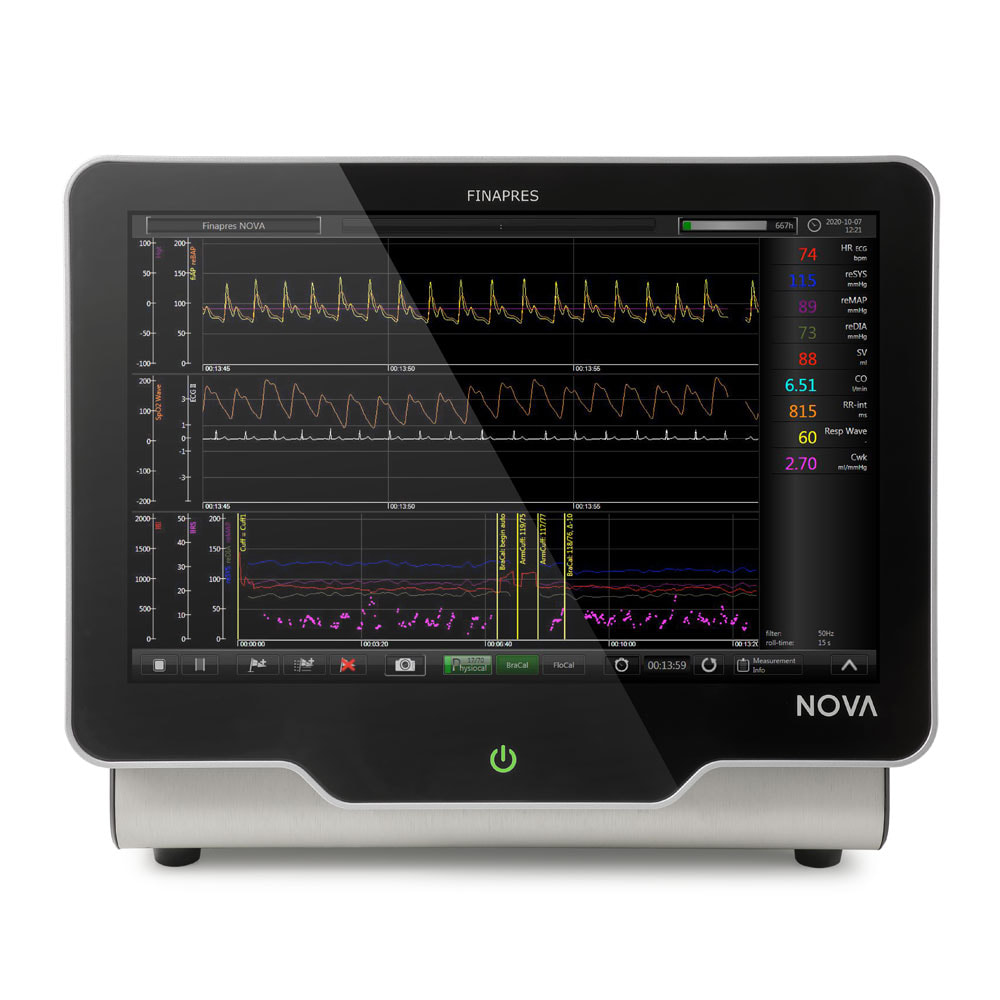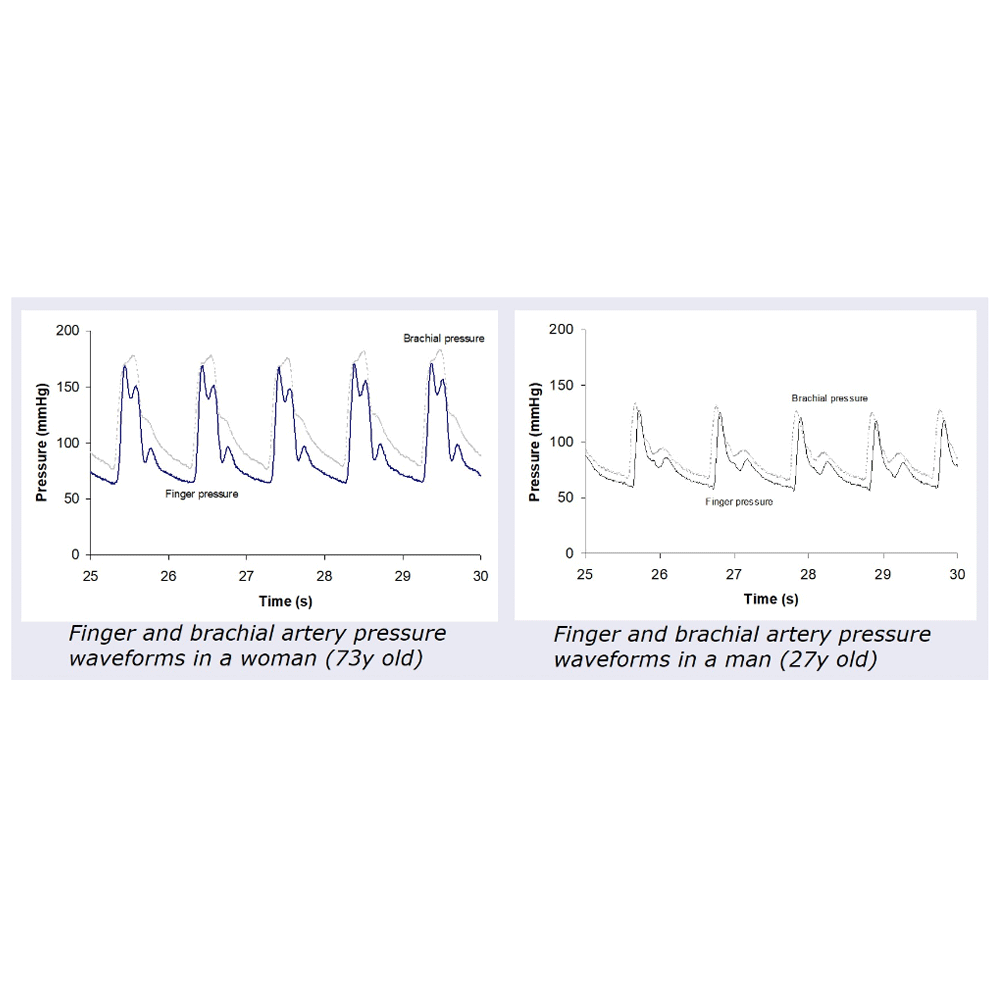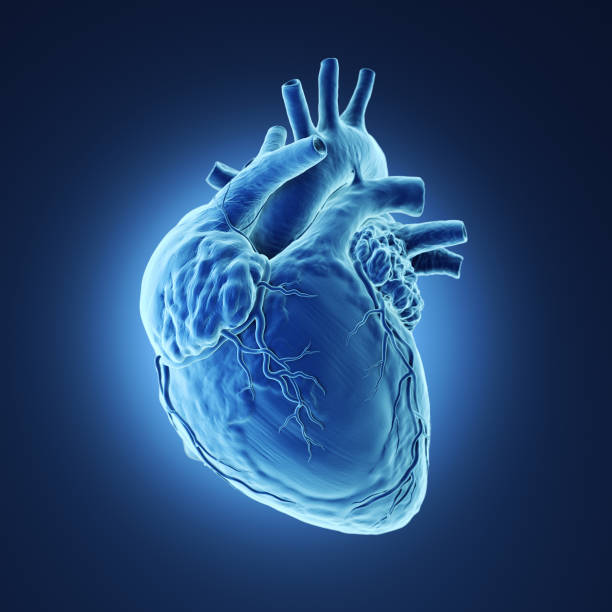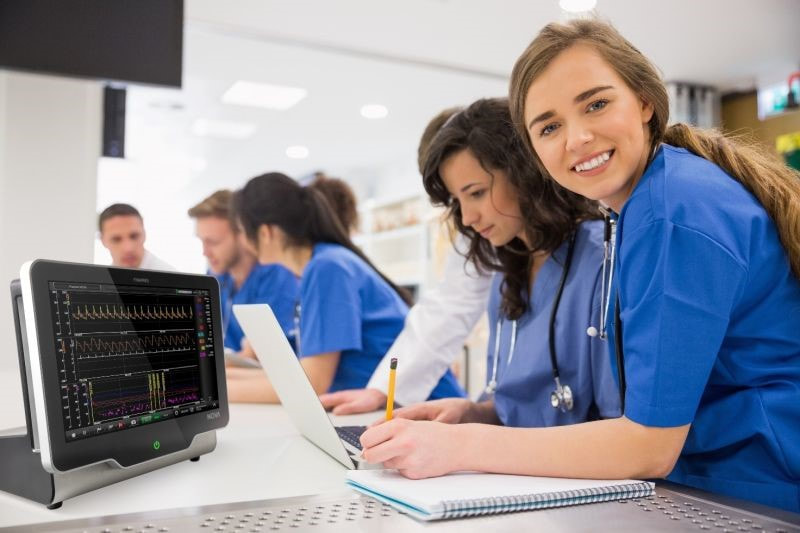|
Application Fields
|
Technology
Physiocal: the signal quality indicator
All Finapres® devices include a calibration algorithm called Physiocal. This algorithm prevents drifts in the measured finger pressure due to arterial contractions and relaxations, related to smooth muscle activity in the finger arteries. Physiocal defines and maintains the correct diameter (setpoint) at which the finger artery is clamped. Thereby, it is essential for an accurate measurement!
Physiocal: the signal quality indicator
All Finapres® devices include a calibration algorithm called Physiocal. This algorithm prevents drifts in the measured finger pressure due to arterial contractions and relaxations, related to smooth muscle activity in the finger arteries. Physiocal defines and maintains the correct diameter (setpoint) at which the finger artery is clamped. Thereby, it is essential for an accurate measurement!
Physiocal
|
The development and validation of the Physiocal algorithm has been widely described in peer-reviewed literature [2-4]. The Physiocal algorithm in Finapres® devices not only uses the amplitude but also interprets the shape of the plethysmograph signal during periods of constant cuff pressure. By analyzing the plethysmograph signal at two or more pressure levels, the Physical algorithm explores part of the pressure-diameter relation. Hereby, it is able to track the unloaded diameter of a finger artery, even if the smooth muscle tone changes. The periodic interruption of a finger blood pressure measurement, with constant cuff pressure levels, is further referred to as “Physiocal”.
|
|
|
Starting a new measurement
At the start of a measurement, the signal needs to be calibrated because small microvessels under the finger cuff are being emptied from blood. Since this effect is more pronounced immediately after starting a blood pressure measurement, a Physiocal procedure is scheduled initially after every 10th heartbeat. As soon as the setpoint has become sufficiently stable, this interval is gradually increased to every 70 beats, normally within 4 minutes. If the stability of the setpoint cannot be confirmed, eg after movement artifacts, or if the change in setpoint is considered too large, the frequency of Physiocal will temporarily increase automatically. Hereby, the Physiocal frequency is an important signal quality indicator.
|
|
MOVING FROM FINGER ARTERIAL PRESSURE (FIAP) TO BRACHIAL ARTERIAL PRESSURE (REBAP)
Finapres® devices enable measurements of continuous arterial blood pressure in the finger. It is important to realize that the finger arterial pressure may differ from the blood pressure measured in the brachial artery or aorta. This is caused by pulse wave distortions, resulting in differences in the blood pressure waveform and pressure gradients, caused by flow, resulting in a different absolute pressure levels. All Finapres® devices include a reconstruction technique that generates a reconstructed brachial artery pressure, called reBAP, based on the measured finger arterial pressure. This reconstruction technique applies both waveform filtering and level correction [6-8]. It allows clinicians and researchers to obtain the brachial arterial pressure if they wish to perform a more precise measurement at the heart level. The reBAP signal is real-time available. The blood pressure signal of the Finapres® NOVA with NANO CORE® meets accuracy requirements of AAMI / ANSI / ISO 81060-2: 2013 standards, with the radial artery as used reference site. These graphs, obtained from [5], show finger and brachial pressure waveforms from a woman (73y old) and a man (27y old). |
References:
- Penaz, J. “Photoelectric measurement of blood pressure, volume and flow in the finger” In: Digest of the 10th International Conference on Medical and Biological Engineering. ” Dresden 104 (1973).
- Wesseling, KH “Physiocal, calibrating finger vascular physiology for Finapres.” Homeostasis 36 (1995): 67-82.
- Imholz, Ben PM, et al. “Fifteen years experience with finger arterial pressure monitoring: assessment of the technology.” Cardiovascular Research 38.3 (1998): 605-616.
- Langewouters, GJ, et al. “Why use Finapres or Portapres rather than intra-arterial or intermittent non-invasive techniques of blood pressure measurement?” Journal of medical engineering & technology 22.1 (1998): 37-43.
- Rongen, Gerard A., et al. “Comparison of intrabrachial and finger blood pressure in healthy elderly volunteers.” American journal of hypertension 8.3 (1995): 237-248.
- Gizdulich, Paolo et al. “Models of brachial to finger pulse wave distortion and pressure decrement.” Cardiovascular Research 33.3 (1997): 698-705.
- Westerhof, Berend E., et al. “Variable day / night bias in 24-h non-invasive finger pressure against intrabrachial artery pressure is removed by waveform filtering and level correction.” Journal of hypertension 20.10 (2002): 1981-1986.
- Guelen, Ilja, et al. “Validation of brachial artery pressure reconstruction from finger arterial pressure.” Journal of hypertension 26.7 (2008): 1321-1327.
|
|
|
|








